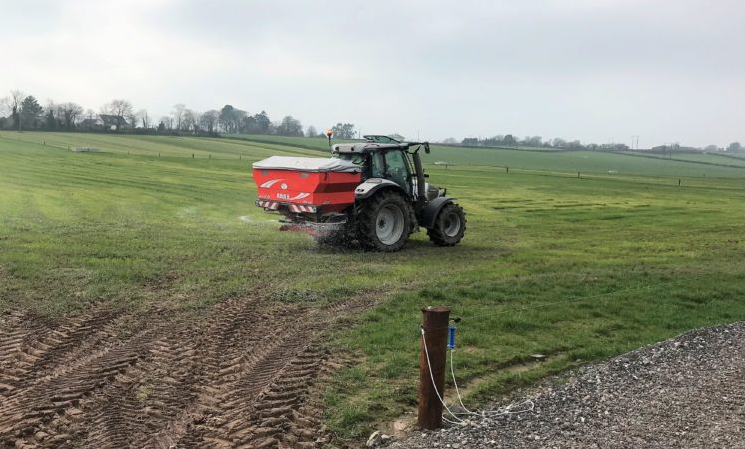The amount of grass that is grown on a farm is influenced by a range of factors, with each year posing a different challenge to farmers across the country.
Soil temperature
Grass growth picks up significantly when soil temperatures at 10cm depth reach above 5°C.
There is a variation between grasses; timothy may start growing at lower temperatures while white clovers and other legumes begin at around 8°C.
At these temperatures the plant becomes active and absorbs more soil moisture, which increases the uptake of nutrients and rate of growth.
Measuring soil temperature using a cheap soil thermometer is a quick, easy and cheap method of identifying when the plant is growing, so that nitrogen (N) fertilisers can be applied to promote growth.

Altitude and aspect
Air temperature drops 1°C in every 100m rise above sea level, which impacts directly on grass growth, particularly the length of the growth season.
North-facing pastures take longer to warm up in spring than south-facing ones.
Light and Water
Light is needed by all plants to drive the reactions of photosynthesis, which provides the energy for growth.
The more light a plant receives, the more it is able to grow. Too little water means grass leaves wilt which means they cannot maintain optimum position for light capture.
Too much water, a plant will slow or even shut down root activity.
Lime and fertilisers
Once the pH of the soil has been corrected, fertiliser nutrients are usually the most limiting factors to growth.
N governs yield; the faster the leaf grows, the more light it can intercept. In young leafy swards, N can increase yield and density.
In grazing systems N is most effective at sward heights of between 4-8cm.
Phosphate (P) is important for root and stem growth. Potassium (K) is essential for vital growth processes in the plant.

Variety of grass
Different grass species and varieties have different characteristics, both in terms of yield and heading date.
Farmers can choose varieties to suit their farming system based on information on yield, heading dates and feed quality.
Grazing Management
Grazing at the ideal two and a half to three-leaf stage increases grass growth and sward yield by maintaining the optimum leaf area to capture sunlight, which provides the energy for growth.
It’s important to remember that you need to grow grass as grazing too low of covers can significantly reduce grass growth.
As grass is the cheapest feed available to Irish farmers, target to make maximum use of grazed grass on your farm during the 2021 grazing season.
